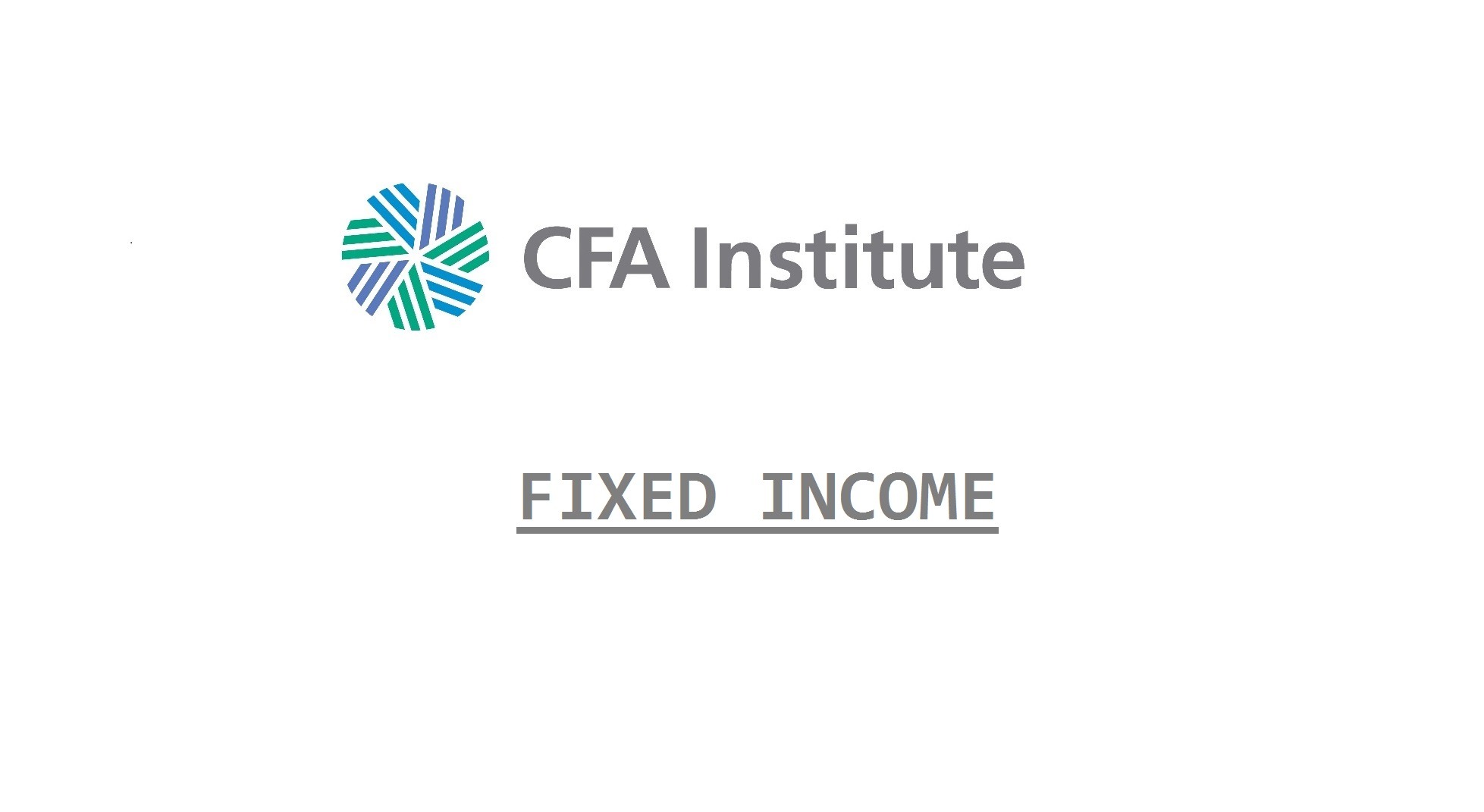At the most basic level, fixed-income portfolio returns come either from yield (typically defined by the cash flows associated with the portfolio) or from price change over the measurement interval.
In the current low interest rate environment, significant yield accumulation is a difficult challenge, so managers use various techniques to enhance portfolio yield. The two most obvious are (1) maturity extension (if the yield curve is upward sloping) and (2) buying lower-credit securities.
There are other techniques as well, and we discuss them in the following section on strategies under a stable yield curve. Yield return takes a long time to accumulate, however, and yield can be quickly overwhelmed by price change. So, it can be especially important for managers to either use expected price changes to enhance return or protect the portfolio from unexpected price changes to preserve the yield. We will also discuss the first of these two approaches in the sections that follow.
We have loosely classified the active strategies into two groups based on the yield curve environment in which they are typically used.
- Active strategies under assumption of a stable yield curve
- Buy and hold
- Roll down/ride the yield curve
- Sell convexity
- The carry trade
- Active strategies for yield curve movement of level, slope, and curvature
- Duration management
- Buy convexity
- Bullet and barbell structures
Portfolio managers have several tools at their disposal to add value relative to a benchmark. The most powerful tool is duration adjustment, but leverage, sector weightings, and convexity can also be used to enhance portfolio returns. The application of these strategies depends on several factors, including the following:
- The investment mandate that the investment manager has been hired to fulfill
- The investment guidelines imposed by the asset owner, especially regarding duration or duration deviations from a benchmark, credit quality, geographic constraints, turnover, concentration, and so on
- The investment manager’s expectations regarding future yield curve moves and the manager’s conviction in those expectations
- The costs of being wrong—whether measured as outright loss, poor relative performance, client loss, or reputational impairment
